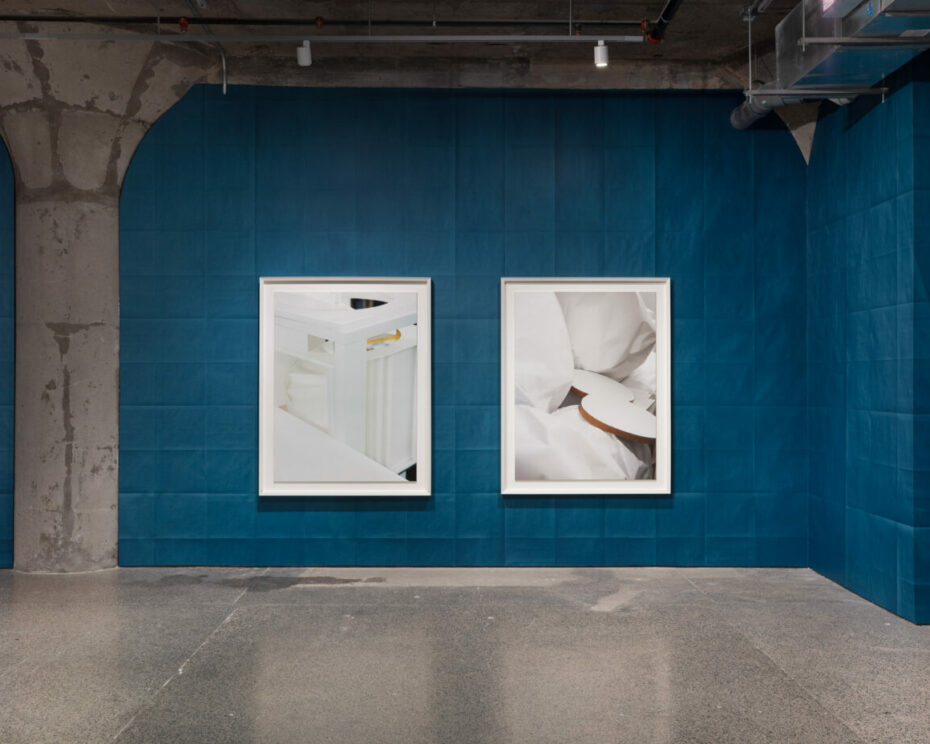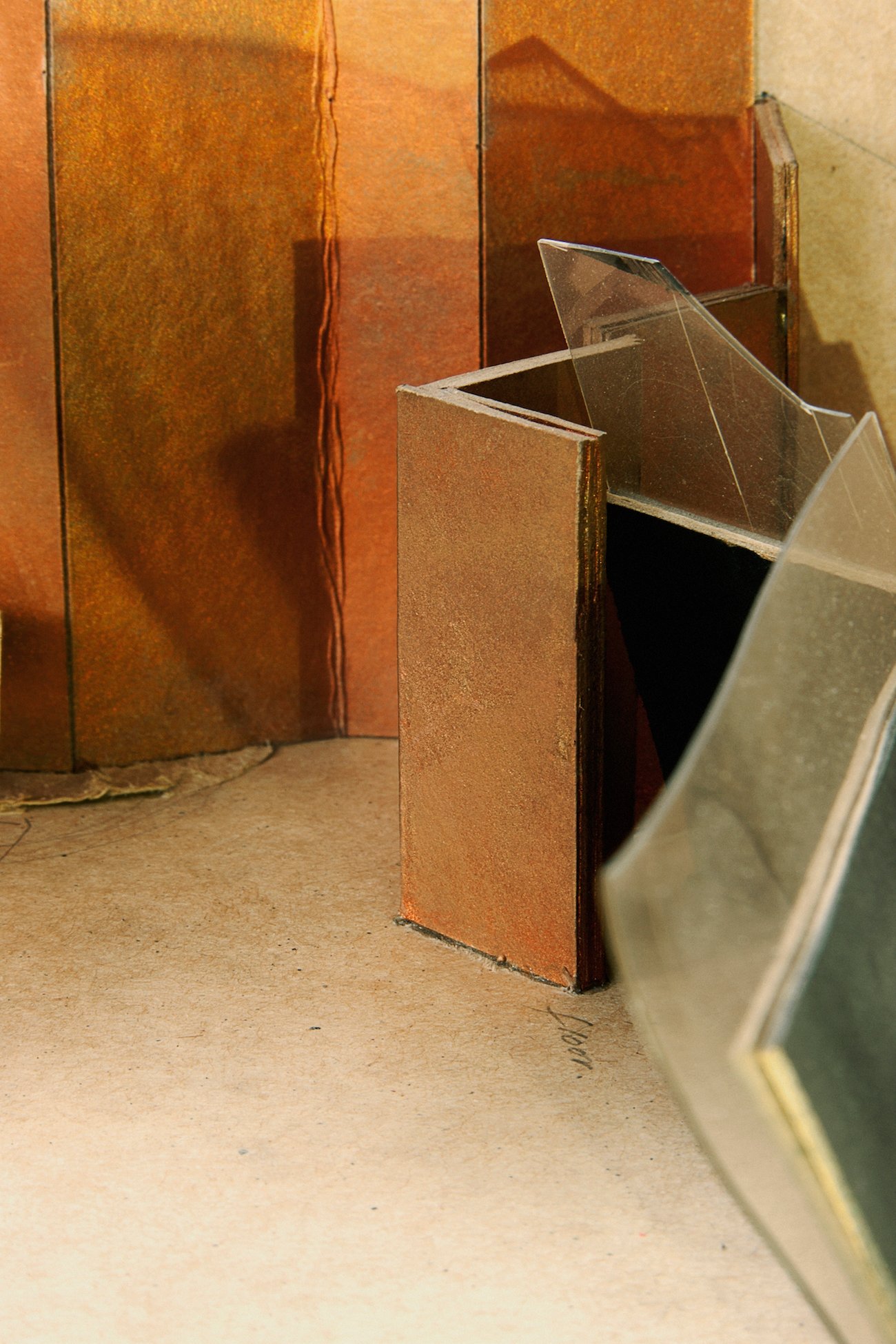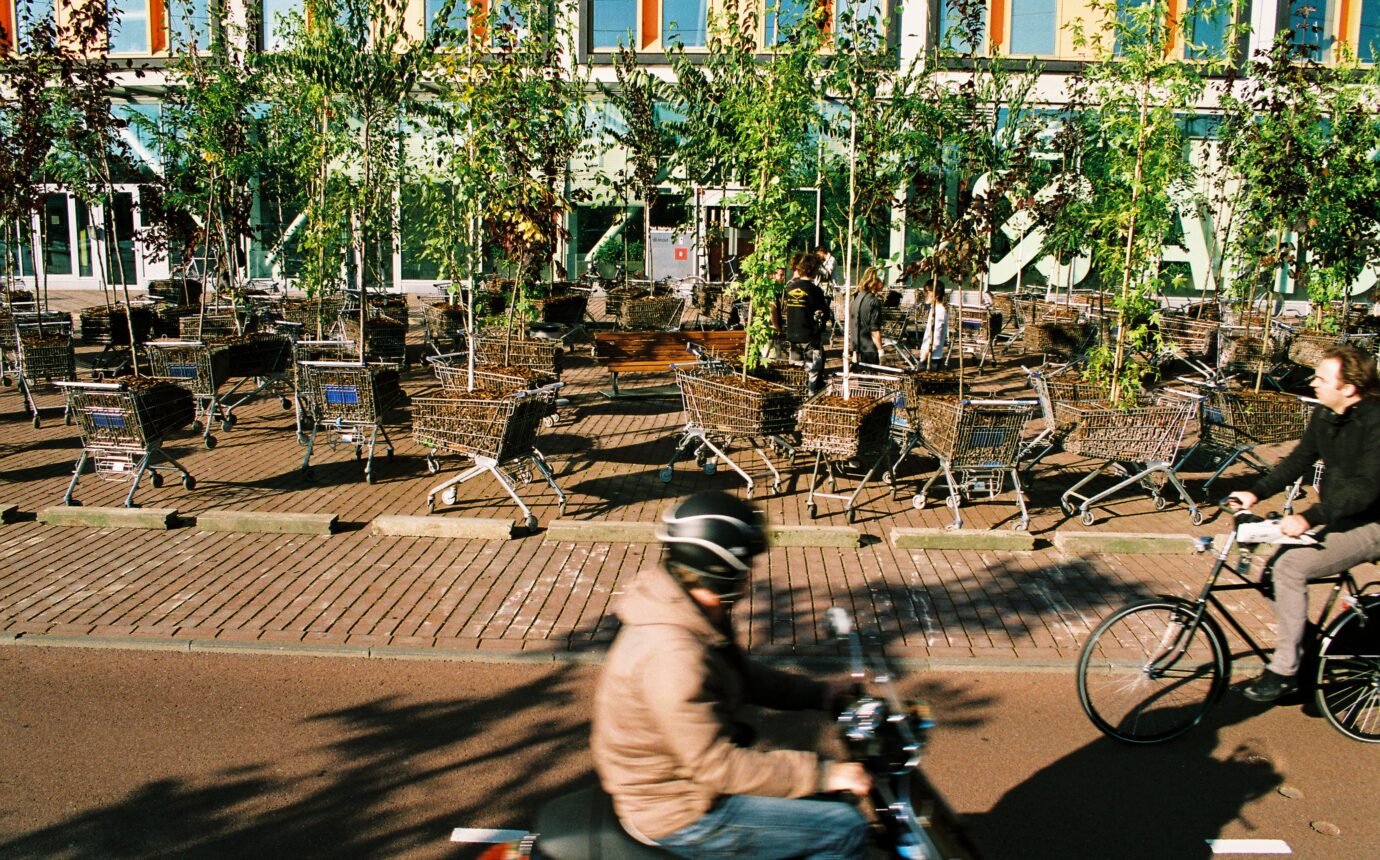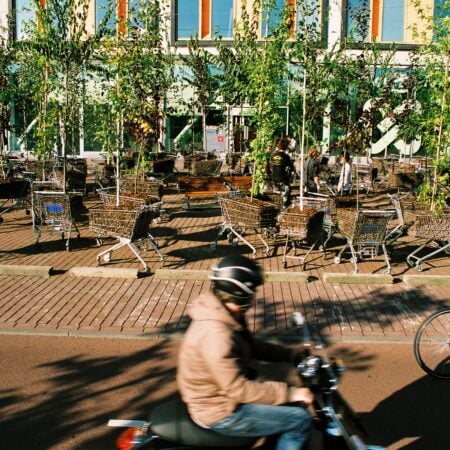Thomas Demand’s House of Card

Thomas Demand’s latest exhibit captures the architecture of alienation
On the third floor of “House of Card” – an exhibition at MOCA Toronto of the German artist Thomas Demand – are images of the Black Label karaoke bar, a distinct building in the northern-Japanese steel town of Kitakyushu. Demand created the work in his usual way: by building a scaled architectural model and then photographing, and ultimately destroying it, leaving only flat images. This process creates layers of abstraction, mimicking the haziness of memory. “What you’re seeing are reductions,” says MOCA’s chief curator November Paynter. “You may recognize the space, but details are missing.”

Immersive Experience and Themes of Alienation
When patrons encounter these photos, they’ve already experienced the wood-panelled interiors of the bar, thanks to a companion piece in the gallery lobby, a life-sized 3D replica by Thai conceptual artist Rirkrit Tiravanija. Enter the room, and a MOCA employee will hand you a microphone and ask you to select a song. I chose David Bowie’s “Space Oddity,” because it seemed well-suited to my cramped, uncanny surroundings. The lyrics depict a solitary astronaut, confined to a capsule, who looks back at his terrestrial home, observing that “Planet Earth is blue, and there’s nothing I can do.”

Paranoia, Melancholia, and Life’s Distillations
The rest of Thomas Demand’s exhibition evokes a similar sense of unease. Demand is drawn to awkward buildings in House of Card, backend rooms and ideas that didn’t pan out. “Thomas Demand doesn’t include people in his work,” says Paynter, “because then they become the subject.” For Refuge (2021), he reconstructed a poky, sparsely furnished bedroom at the Sheremetyevo International airport near Moscow, where Edward Snowdon, the NSA leaker, reportedly hid during his early days as a fugitive.

Gallery attendant Adrian Raymer told me that, because the images were created using Diasec – a face-mounting technique, whereby a print is glued to an exterior acrylic surface, leaving it vulnerable to damage – she must observe patrons closely to ensure they keep their distance: “I’m always watching. They must feel like Snowdon felt.”

Paranoia is a perennial theme throughout House of Card, but so too is melancholia – the sadness of confinement, alienation, karaoke in an empty bar. Perhaps the most affecting piece in the show is Ampel / Stoplight (2017), a looped video depicting a model traffic light. The patterns switch between familiar icons – a fuzzy hand and a person walking. Stop, now go. Stop, now go. After a while, you wonder if what you’re witnessing is a distilled version of life itself. Planet Earth is blue. MOCA.CA
Originally published in Designlines 2022 Designer of the Year issue.










